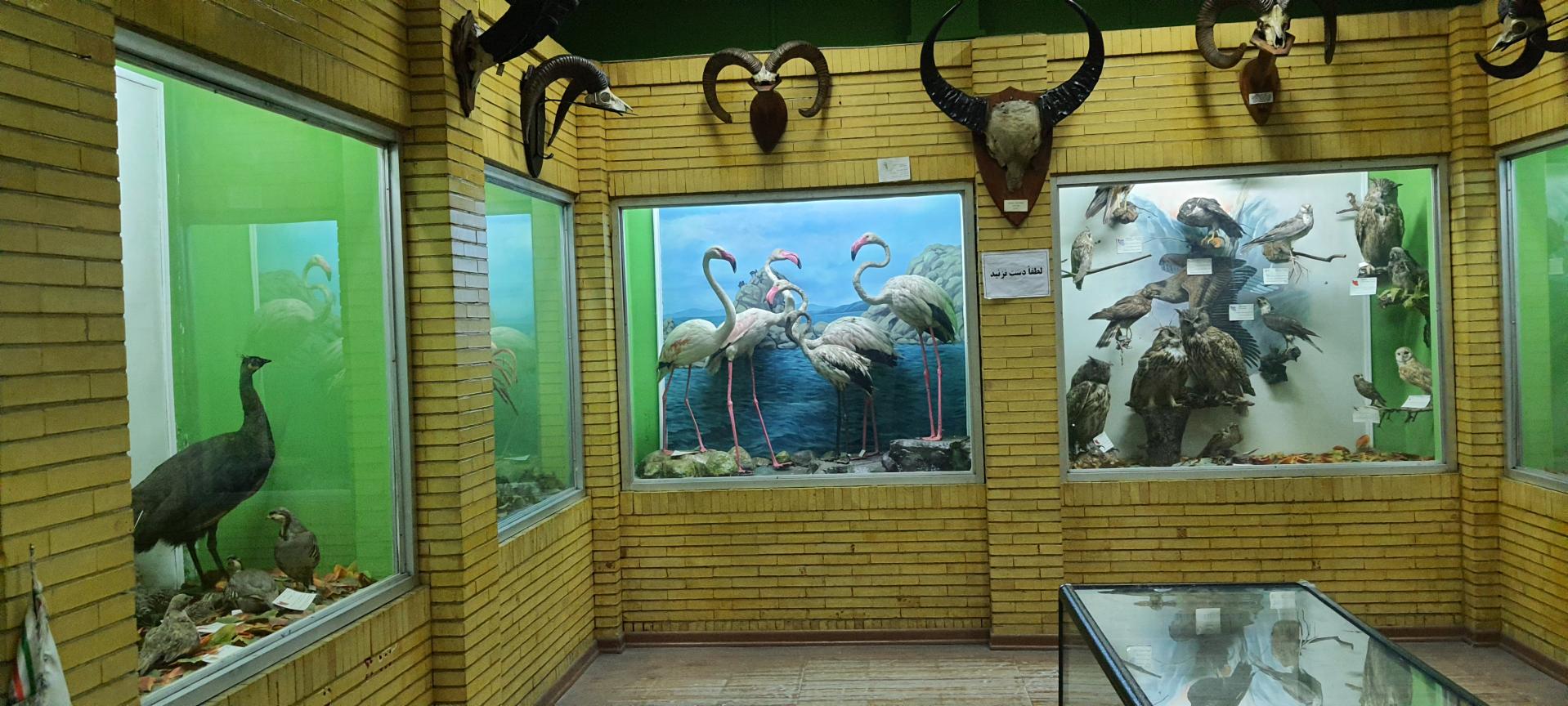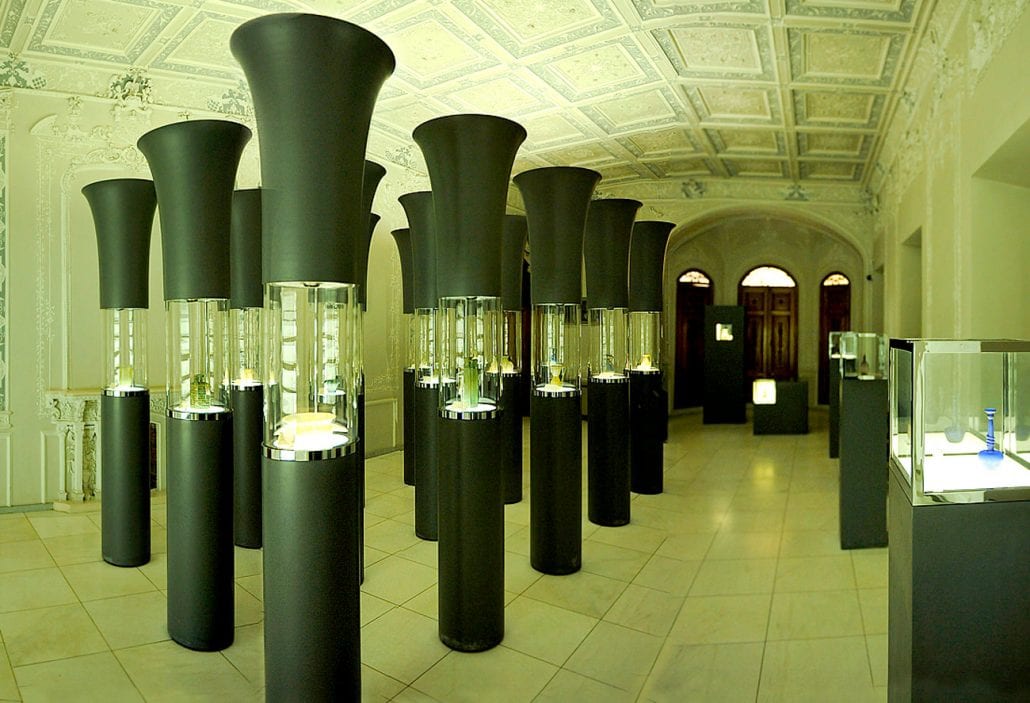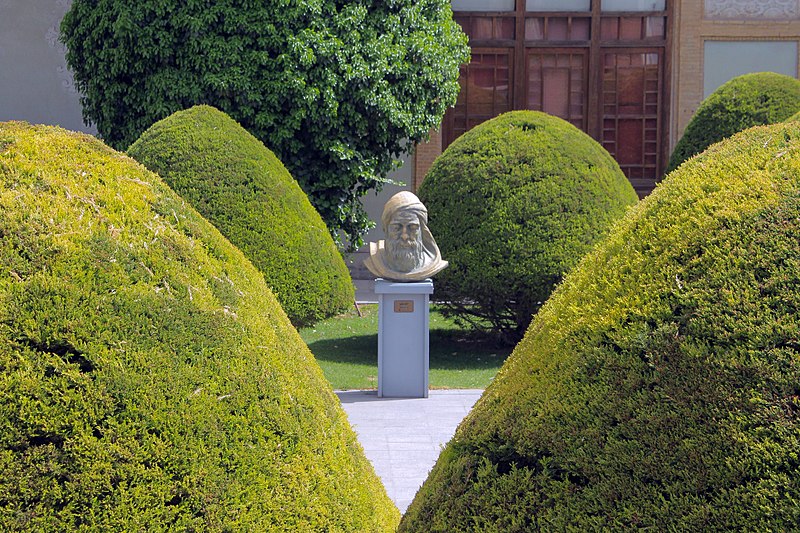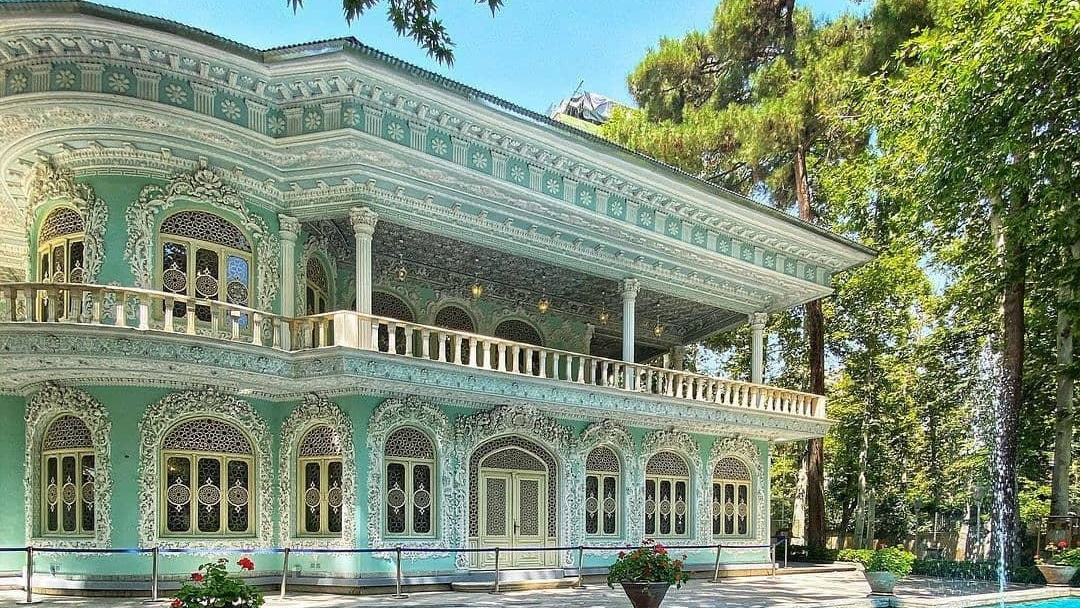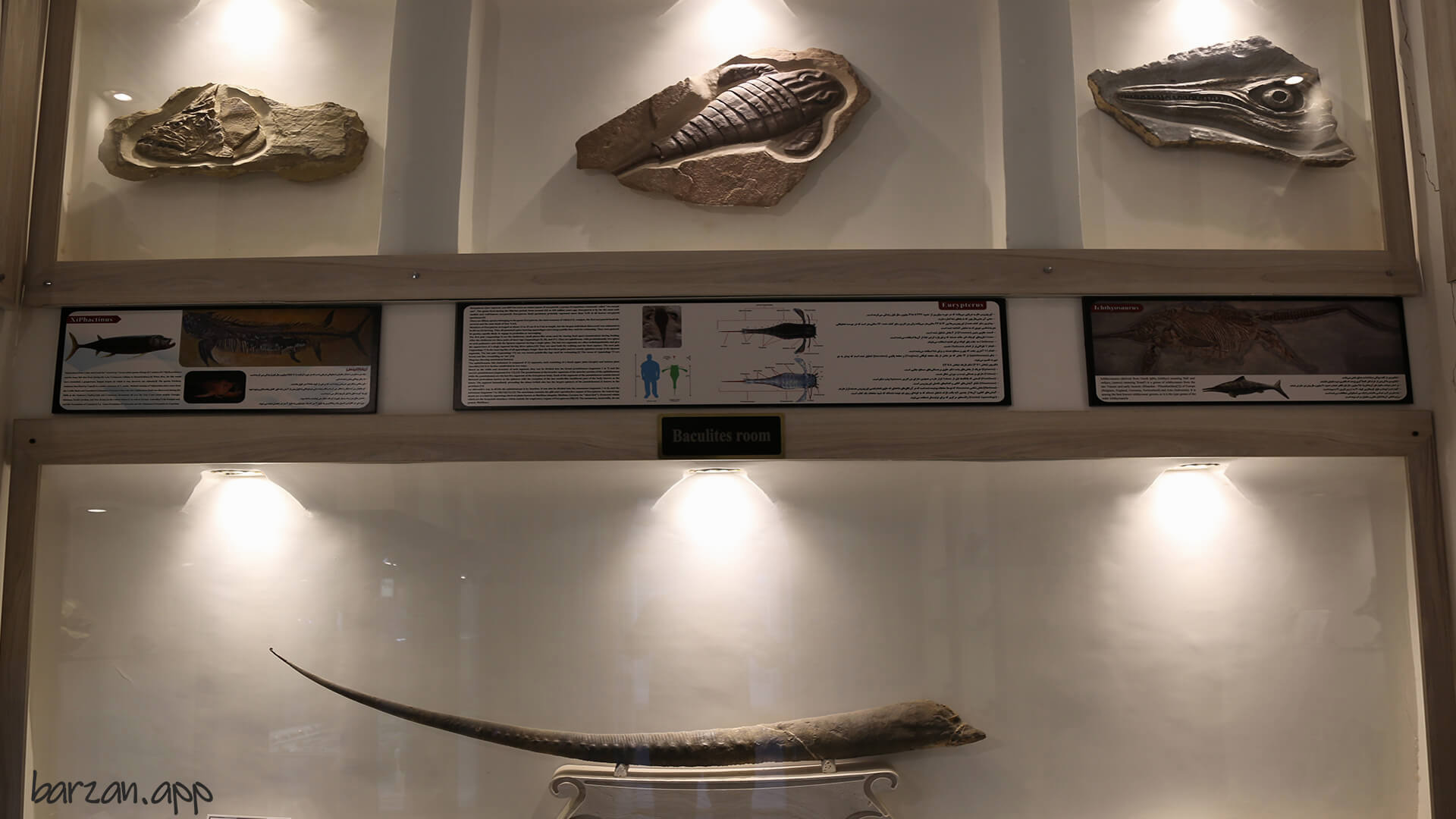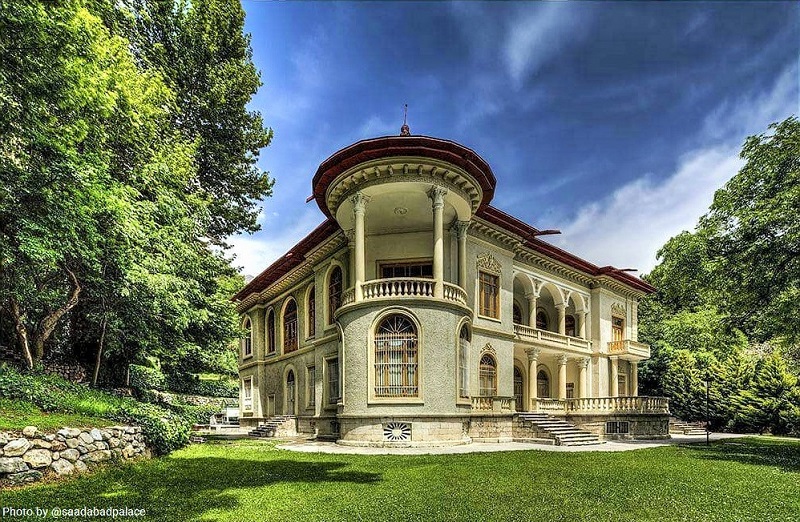
The Museum of Sacrifice and Martyrdom in Ardakan
The invasion of Iran by the Iraqi Ba'ath army, which occurred in September 1980, was the beginning of one of the longest wars of the 20th century. In this battle, Iraq, with the support of the United States, the Soviet Union, and European countries, had benefited from all kinds of arms and ammunition, even unconventional and illegal chemical weapons, against Iran, which had recently and in a very big revolution topples the tyrannical monarchy system Iran that had ruled the country for more than two thousand years, was not only unprepared in terms of the structure of its military forces but was also struggling against the challenges and rigid sanctions imposed on it. Nevertheless, in the face of this all-out invasion and unequal war, the Iranian youth did something brave, which is considered a unique epic. During the eight years of their sacred defence, they broke the grand image of the Eastern and Western powers and managed to achieve significant victories. Today, after more than three decades since the end of the war, Iranian martyrs and warriors are respected by the people of Iran as the proud bearers of this great event, and museums and memorials have been erected in various parts of Iran to honour them. “The Museum of Sacrifice and Martyrdom in Ardakan” is one of these sites that was created in a city that excelled in terms of sacrifice and martyrdom in an imposed war.
Where Is Ardakan Located?
Ardakan is one of the cities of Yazd Province and the centre of Ardakan County, which is located 61 km northwest of Yazd City. The name of Ardakan is considered to consist of two parts: “Ard” meaning sacred and “kan” meaning land; thus, Ardakan should mean “The Sacred Land”. In addition, some historians believe that the name of this region is derived from the Pahlavi word “Artaakan” or “Artakan”, which means truth and truthfulness.
The history of this area dates back to the post-Islamic era (7th century AD), and several castles and historical houses are among its sightseeing places. Ardakan has a dry and desert climate, and like many desert areas of Yazd Province and Iran, life in it depended on the qanats.
Features and Different Sections of the Museum of Sacrifice and Martyrdom in Ardakan
This museum was founded in 2012 AD and has different sections, all of which contain objects and memorials of martyrs and war veterans of Ardakan city. The “420 Shahid Alley” - in memory of 420 martyrs of Ardakan City - is the first part visitors encounter in this museum. This section is designed in a traditional style and in alignment with the desert architecture of Ardakan City. Next, there are some stalls to get familiarized with the history of Iran and the city of Ardakan. One of the stalls recounts the events of the Pahlavi era (from 1925 to 1979 AD). Reza Pahlavi was the first king of the Pahlavi dynasty who ruled until 1941 AD. After him, his son Mohammad Reza came to power and was in office until the Islamic Revolution in 1979 AD. During the Pahlavi era, the people of Iran were under tyranny, and their religious and political activities faced very strong reactions. In this stall, some crimes of the Pahlavi government are reflected, especially the ones committed by SAVAK (the Intelligence and Security Organisation of the country).
In another booth called “Ardakan Revolution Alley”, documents related to the city’s activities in the course of the Islamic Revolution have been put on display. There is also a stall, in which the trend of events of the imposed war and the Ba'athist attack on Khorramshahr can be seen. The “Ascension Staircase” connects the first floor to the second floor. Nearly 10,000 nametags have been placed on the ceiling of this staircase in memory of the 10,000 Ardakani combatants present in the imposed war. Certain patterns can be seen on the wall of this section, which have been created by bullet cartridges.
The entrance to the second floor is made symbolically, i.e. like the entrance to Zoorkhaneh, the height of which is shorter than the height of a human being, and a bell and a drum can be seen in it. In addition to referring to ancient Iranian traditions, this design also refers to the heroic spirit and self-sacrifice of martyrs. On the second floor, the works and pictures of Ardakan martyrs are sorted and arranged. On this floor, there are also some corridors and stalls, each of which represents parts of the epoch-making combatants and martyrs of Ardakan during the period of sacred defence.
The Museum of Sacrifice and Martyrdom in Ardakan, which was founded in 2012 AD, has different sections, all of which contain objects and memorials of martyrs and war veterans of Ardakan city.
| Name | The Museum of Sacrifice and Martyrdom in Ardakan |
| Country | Iran |
| State | Yazd |
| City | Ardakan |
| Type | Social |
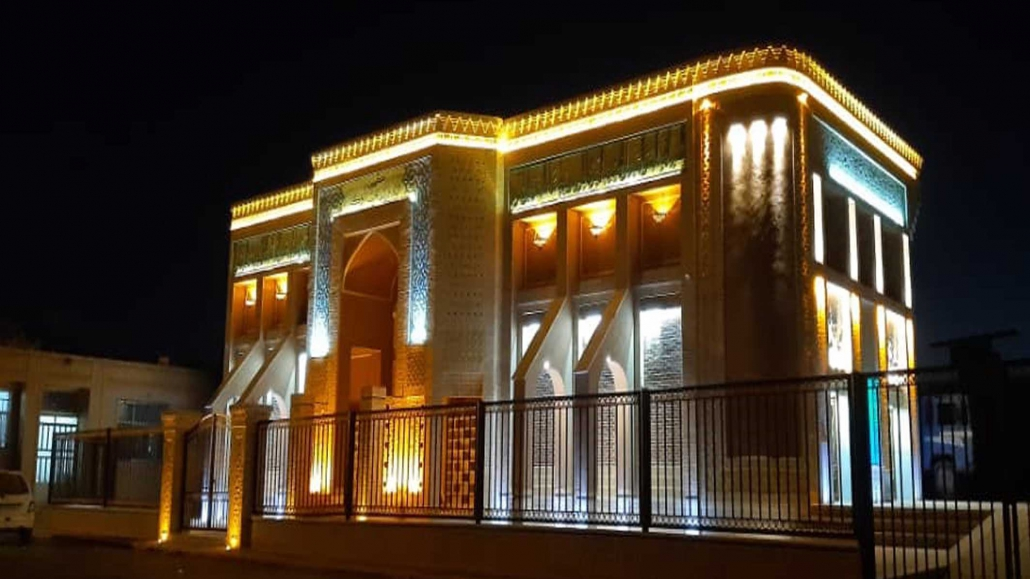





Choose blindless
Red blindless Green blindless Blue blindless Red hard to see Green hard to see Blue hard to see Monochrome Special MonochromeFont size change:
Change word spacing:
Change line height:
Change mouse type:


